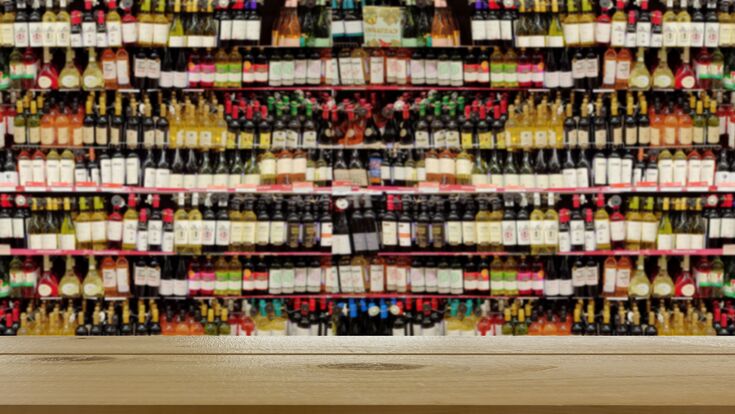Single-use beverage containers : New study: EU disposable beverage packaging industry unlikely to meet climate targets

A new study commissioned by Zero Waste Europe (ZWE) on decarbonizing single-use drinks packaging has found that Europe's drinks packaging industry is unlikely to meet 1.5°C climate targets and risks failing to reach Net Zero without rapid intervention.
On behalf of ZWE Eunomia Research & Consulting assessed Net Zero pathways for aluminium, PET (plastic) and glass products used in EU drinks packaging.
According to the 'Decarbonisation of Single-Use Beverage Packaging: Investigating 1.5°C future by 2050' all three materials are projected to exceed their allocated carbon budget by at least 50%. Single-use glass is the most significant contributor (+200% over budget), followed by PET (+150%) and aluminium (50%). Collectively, they face significant challenges in eliminating or reducing global greenhouse gas (GHG) emissions from their production - posing a risk to achieving net zero emissions by 2050.
Key highlights from the discussion
- Even with no growth in beverage container consumption, the industry is forecast to significantly exceed the proposed cumulative emissions budget to stay within 1.5°C of global warming.
- All three beverage container materials face considerable decarbonisation challenges:
Aluminium - switching the smelting process to green energy will require significant investment due to its high energy requirements.
PET - a fundamental shift in the value chain to bio-based feedstocks is required, but there are currently technical barriers and may conflict with the fossil-focused nature of the industry.
Glass - electrification of gas furnaces will require either a costly and complete infrastructure upgrade or a phased replacement of legacy systems. Despite efforts, glass manufacturing will continue to have high energy consumption.
- GHG emissions per unit of packaging material are consistently 3-4 times higher for glass bottles compared to aluminium and PET throughout the decarbonisation pathway.
- Investment in technology, development of reuse systems, increased recycling and reduced demand for aluminium, PET and glass materials are recommended as priorities to help the beverage container industry achieve its net zero targets.
According to ZWE the research and its findings have further relevance in the context of the current revision of the EU Packaging & Packaging Waste Regulation (PPWR). “This research shows the EU packaging policy is ill-equipped to deliver on the Net Zero agenda," said Aline Maigret, Head of Policy at Zero Waste Europe. "Overall material use must be reduced in all packaging categories, and this speaks in favour of ambitious prevention and reuse targets. To add to this, glass’ incredibly high carbon footprint makes it unsuitable for single-use applications. The new PPWR should plan a material transition away from single-use in general, but with a particular focus on glass and PET".
Simon Hann, Principal Consultant at Eunomia Research & Consulting and lead report author said: “It is crucial that we prioritise long-term decision-making and acknowledge that the process of achieving Net Zero is as significant as the timing. Our study highlights the effectiveness of employing a carbon budgeting methodology to identify the most viable approaches for attaining this goal. When examining beverage containers, it becomes evident that we need to adopt a more strategic approach to decision-making that takes into account future implications. Our findings indicate that justifying the continued use of single-use glass, in particular, will become progressively more difficult, despite the obstacles faced by alternative materials.”
